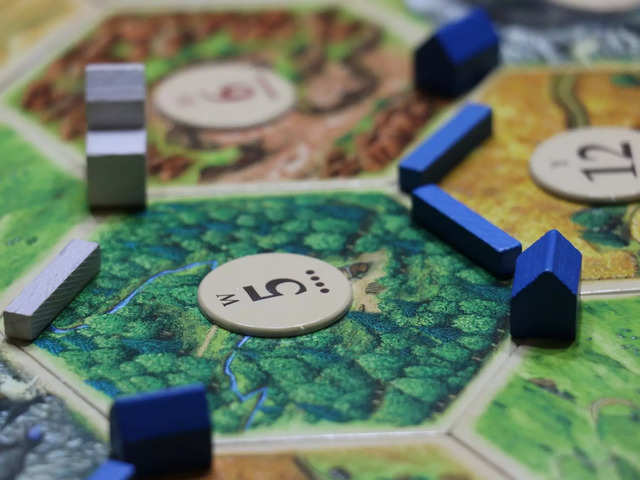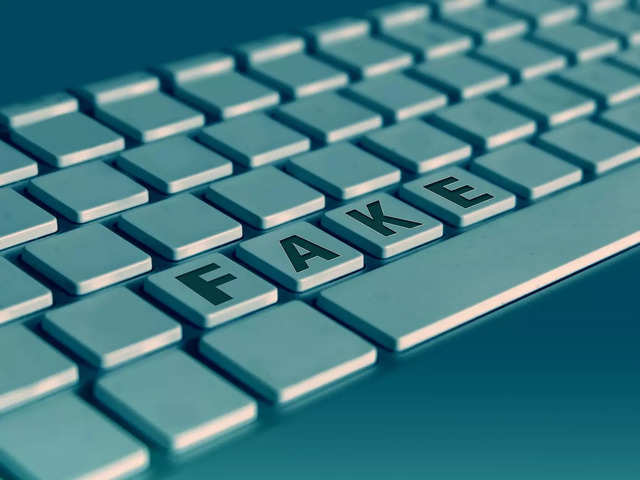
Representational imageUnsplash
Over the past few years, the Indian marketplace has seen a drastic shift in how consumers purchase
Sep 29, 2021, 13:31 IST
brands
The rise of disruptors: how new age brands are challenging the status-quo
Sep 29, 2021, 13:31 IST
Over the past few years, the Indian marketplace has seen a drastic shift in how consumers purchase
- The last few years, with the additional changes the pandemic brought, have seen a tectonic shift in retail and the way brands are reaching their consumers.
Krishna Iyer , Head of Agency, Twitter - India writes how the status quo is being questioned and past growth no longer guarantees future success.- He discusses how new and upcoming brands across categories have digitally acquired an audience through innovative digital communication and have carved a space for themselves in the market.
100+ headphone brands.
250+ mobile phone brands.
Let this sink in for a minute.
These are the number of brands that India has for the respective categories mentioned and this number is growing with each passing year. Henry Ford definitely didn’t see this happening 110 years after he said ‘any customer can have a car painted any colour that he wants, so long as it is black’. As a consumer we probably remember 2-5 brands in each category. Yet, this doesn’t seem to dissuade new entrants from finding ways to disrupt the category, shift share of voice and throw their hat in the ring.
Technology, access to capital, a growing consumer base with high disposable incomes and larger than life ambitions have fuelled entrepreneurship and birthed these new brands. The status quo is being questioned and past growth no longer guarantees future success. Disruptors are changing the game and going beyond competitive prices and swanky showrooms. Their strategies are based on a deep understanding of what the consumer of tomorrow is going to look like and what the product needs to evolve into.
Lessons from Direct-to-Consumer (D2C)
The last few years, with the additional changes the pandemic brought, have seen a tectonic shift in retail and the way brands are reaching their consumers. Direct-to-Consumer (D2C), which started at a slow pace years ago, is poised to be a $100b market by 2025 [Source: Uniquely India: Digital Opportunity, Kalaari Capital]. Over 600 D2C brands operate in India across industries like F&B, beauty, apparel, lifestyle, electronics and more, serving consumers directly without any middlemen. A lot of these brands are riding the way of quirkiness, personalisation and rarity. The fact that these brands are not available at every store nor are abundantly visible, gives them a halo of exclusivity and drives conversation. There is effective use of content, social advertising through stand-out creatives, influencer collaborations, alignment with events or social communities where the quality and relevance of the audience is more important than the quantity. The ability to talk directly to their consumers is a win-win on both sides of the balance. Successful and growing D2C brands like
Building a stand-out brand
A disruptor brand analyses the what, how and why of any communication it puts out to ensure that the brand's voice does not drown in the deluge of marketing messages a consumer gets every day. Whether it is an OTT like Aha Media using local language and regional targeting to ensure relevancy, or a consumer electronics brand boAt aligning itself with a ‘disruptor’ of India’s most loved sport, or an investment advisory like Teji Mandi keeping it simple but effective and focussing on the finance & business audiences. The results of such brands focussing on being quick, content-first and deliberate is evident. boAt recorded a 550% YoY growth and was the #1 brand in the truly wireless hearables market for Q1’21; Sugar Cosmetics crossed INR 100 crores of turnover and grew 80% YoY between 2019 & 2020 whilst also having over 10,000 retail points with a focus on omnichannel; and Bewakoof has catered to over 40 lakh customers till date.
Choices legacy brands must make to stay relevant
Legacy brands cannot be written off especially if they are nimble, forward thinking and relatable. They have the advantage of a vast repository of experience, people, partnerships and resources to mine, which if used effectively can enable legacy brands to be as ‘connected’ as any new successful disruptor brand. A legacy brand too when it launched, rose due to the uniqueness that it established back in time. To succeed, it will have to find that new ‘disruption’ within its large multi-dimensional machinery to ensure freshness and carve out the next phase of growth with a new set of consumers.
The road ahead is nothing short of a turf war in a classic western movie. Disruptor brands will fight to exist and legacy brands will fight to dominate. Legacy has no meaning if there is no past, present and future. The disruptors are here to challenge that.
INSIDER INTELLIGENCE REPORTS







